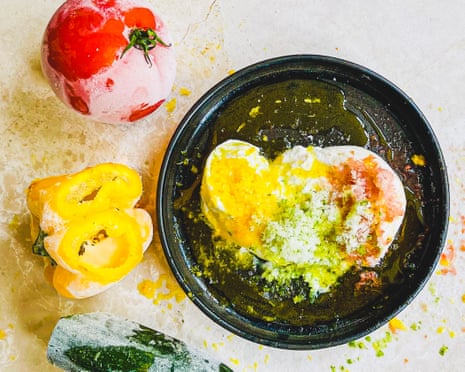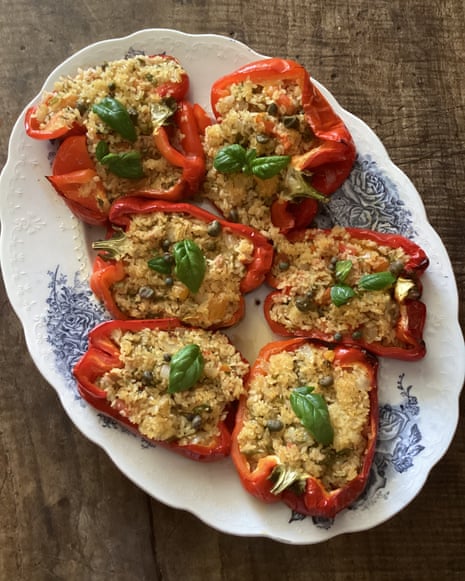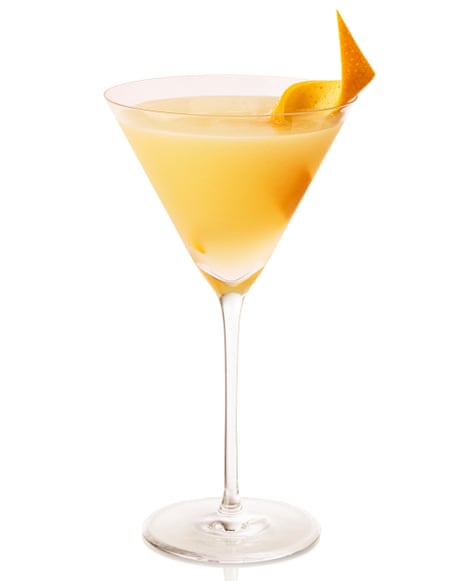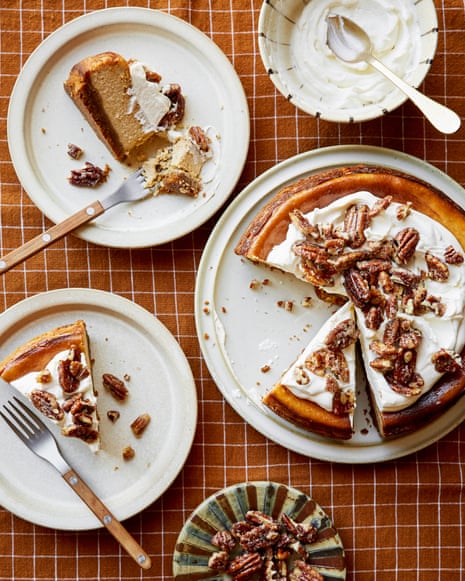When it comes to food fads and viral sensations, much of what sees the spotlight on Instagram and TikTok can feel focused on aesthetics at the expense of real utility. Yet every so often, a simple technique emerges that actually solves everyday kitchen problems, especially for households seeking to cut down on food waste. One such trend—frozen tomato “granita” for grating—has been quietly taking off online, and savvy home cooks in Nigeria and across West Africa are discovering its versatility and practical value.
Unlike many fleeting trends, the popularity of this method is rooted in well-established traditions. The idea of freezing and then grating fruit or vegetables borrows inspiration from Italy’s famous granita—a dessert where fruit puree is frozen then shaved to create refreshing shards—or Hawaii’s colourful shaved ice treats. In this reinvention, the technique gets stripped down to its essentials: you simply put extra or less-than-perfect produce into the freezer, allow it to freeze solid, and then grate it directly onto your dish. No special machines, no waste, just innovative upcycling in your own kitchen.
Frozen fruit and vegetable “granita” with burrata
Across homes in Nigeria and Ghana, food waste is a real concern. According to the United Nations Food and Agriculture Organization (FAO), roughly 40% of food produced in sub-Saharan Africa is lost or wasted after harvest. With refrigeration now more accessible, freezing is a lifeline for preserving everything from garden-fresh tomatoes to peppers lingering in the back of the fridge. This simple grating technique transforms those bits and bobs into the star of a gourmet, restaurant-style starter—no waste, no fuss.
What truly elevates this dish is pairing the icy, delicate shavings with burrata cheese—a creamy, luxurious cheese originating from Southern Italy. Burrata consists of a mozzarella shell encasing a filling of stracciatella, a luscious blend of cream and mozzarella shreds. While not yet mainstream in most Lagos or Accra markets, burrata is now increasingly available in select supermarkets, gourmet delis, or via specialty importers. However, for readers unable to source burrata, local soft cheeses like wara (fresh cow’s milk cheese) or dense, well-made mozzarella offer a delicious adaptation. According to Lagos-based chef Amara Nwachukwu, “This trend is all about improvising with what you have, and West African home cooks are brilliant at that!”
To adapt this dish for local tastes and seasonal availability, choose one main fruit or vegetable—tomatoes, cucumber, yellow pepper, or even watermelon work beautifully. For extra colour and flavour, try combining two or three ingredients. Nigerian home chef Kunle Ajayi told us, “I was inspired by the Italian ‘tricolore’ salad, but I used green ugwu leaves, cherry tomatoes, and some finely sliced yellow bell pepper from Mile 12 market. The colour and freshness are just as striking as anything from Instagram!” Possible combinations for West African palates include:
- Beetroot with a touch of uziza (West African pepper) and a drizzle of honey
- Sweet, ripe pineapple with mint leaves for brightness
- Local ‘garden eggs’ (African eggplant) with roasted sesame and a splash of lemon juice
- Carrot and orange zest for a zesty, vitamin-rich option
- Pawpaw (papaya) with lime and a pinch of chili powder
Thanks to the unique texture, the frozen shavings melt rapidly on contact with the warm, creamy cheese—so each bite is intensely fresh and cooling. According to chef Emeka Okoli, speaking at a recent Abuja food expo, “This is a brilliant way to rescue produce that’s soft or starting to go off, especially during the hot dry season. It also fits into Nigeria’s growing trend of creative fusion cuisine, where we blend local ingredients with global techniques.”
The following is a basic version of the recipe, but don’t be afraid to swap, taste, and experiment. Many West African home cooks are known for trusting their instincts and improvising with whatever happens to be on hand:
Serves 1
Main Ingredients:
1 fruit or vegetable (e.g., tomato, cucumber, pepper, watermelon, beetroot, pineapple, garden egg)
1 burrata (or wara, fresh mozzarella, or your favourite local soft cheese)
Sea salt (or high-quality local salt)
Optional Toppings (to taste):
Oil: extra-virgin olive oil, avocado oil, cold-pressed groundnut oil
Herbs and Spices: fresh basil, scent leaf (efirin), thyme, suya pepper (yaji), chili flakes, uziza
Acid: Fresh lime or lemon juice, thinly grated citrus zest (if organic), or a splash of thick date or palm vinegar
Garnish: Toasted seeds, roasted groundnuts, or a touch of gari for crunch
First, freeze your chosen fruit or vegetable for no less than six hours—overnight is ideal—until completely solid. When it’s time to serve, place your cheese of choice on a plate and grate the frozen produce directly on top. Sprinkle generously with sea salt, drizzle with your favourite oil, then scatter on any herbs or spices. A small squeeze of citrus or a drop of vinegar can lift the whole flavour profile. Serve immediately, as the frozen shavings will begin melting almost right away—perfect for Nigeria’s warm climate.
If you’re serving guests, consider presenting individual portions, as this dish is best enjoyed fresh and isn’t ideal for sharing from one plate. For larger families or get-togethers, provide a variety of grated produce and toppings so people can personalise their plates—much as one might with a salad bar.
From a health perspective, experts stress that freezing does not significantly deplete vitamin C or most other nutrients in produce, provided it is consumed shortly after grating. Nigerian dietitian Ifunanya Obi explained, “This technique is great for reducing kitchen waste while ensuring families get more nutrients from fruits and vegetables that might otherwise be discarded.” She also suggested encouraging children to help choose and grate colourful produce to increase their excitement for healthy eating.
It’s also worth noting that this “granita” approach is highly flexible and encourages resourcefulness. In parts of Northern Nigeria, where food preservation is critical due to extreme temperatures, freezing and grating surplus or seasonal vegetables could become a smart and popular practice. Across Ghana, cooks are already experimenting with frozen mango and pineapple shavings on spicy local cheeses, reflecting a broader African trend of fusing local heritage with world food trends.
However, access to high-quality refrigeration and specialty cheese remains uneven across much of West Africa, and cost barriers are real for many households. Still, advocates argue that the technique’s core principle—maximising every bit of produce—applies just as well to locally grown vegetables and cheeses, and doesn’t require fancy equipment. As the zero-waste movement spreads globally, there’s growing interest in how these creative methods can support household budgets and environmental sustainability alike.
Have you tried this dish—or something similar—with Nigerian or Ghanaian ingredients? Whether it’s using leftover peppers, pawpaw, or even grated plantain, share your twist with our community!










